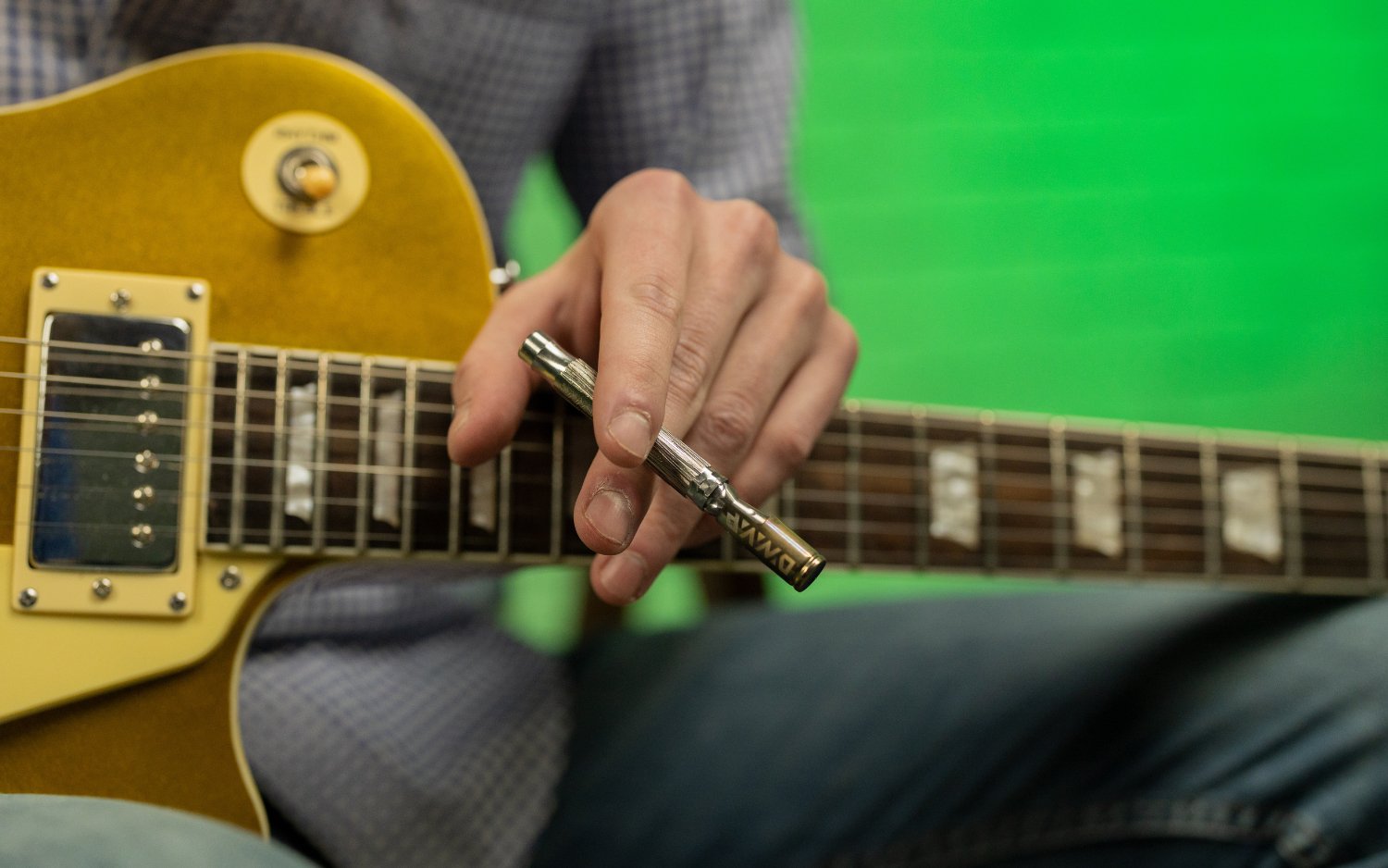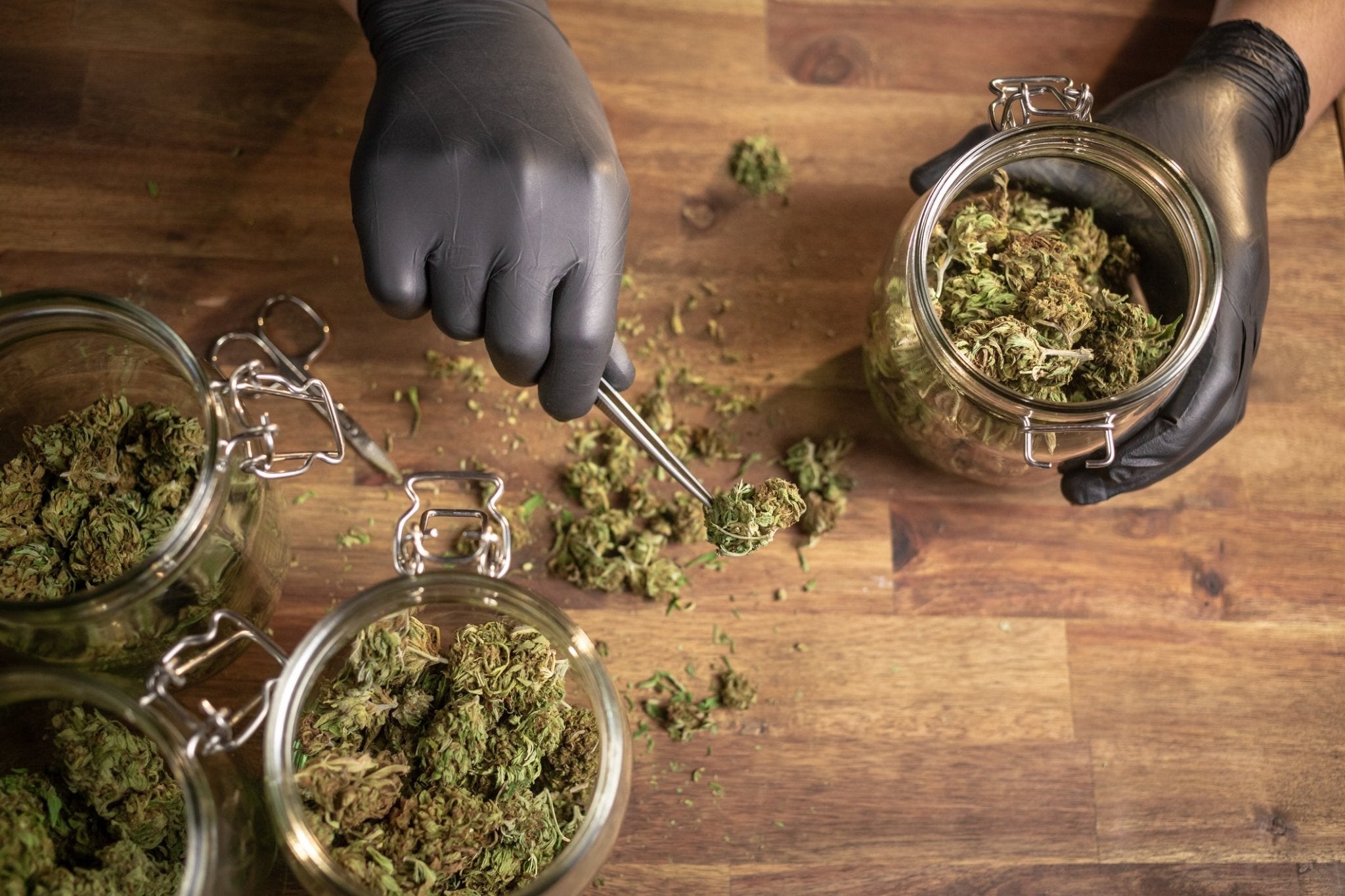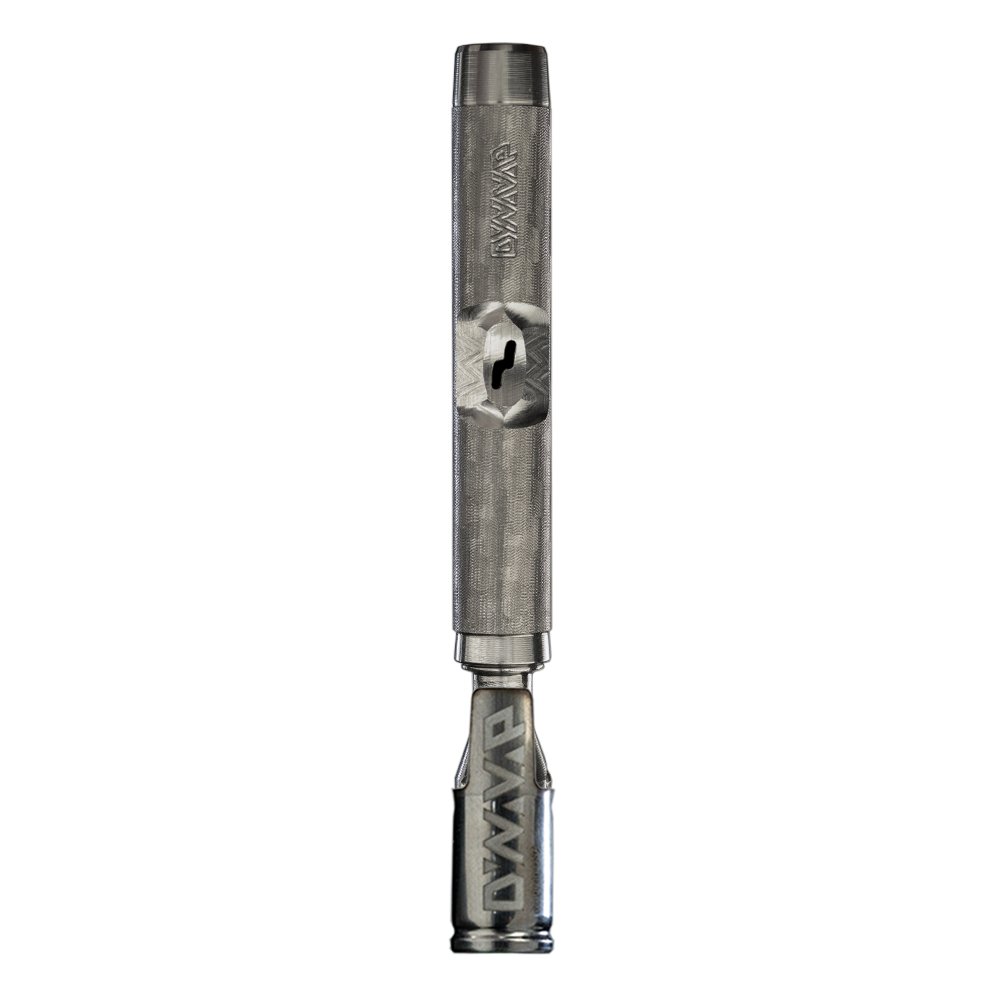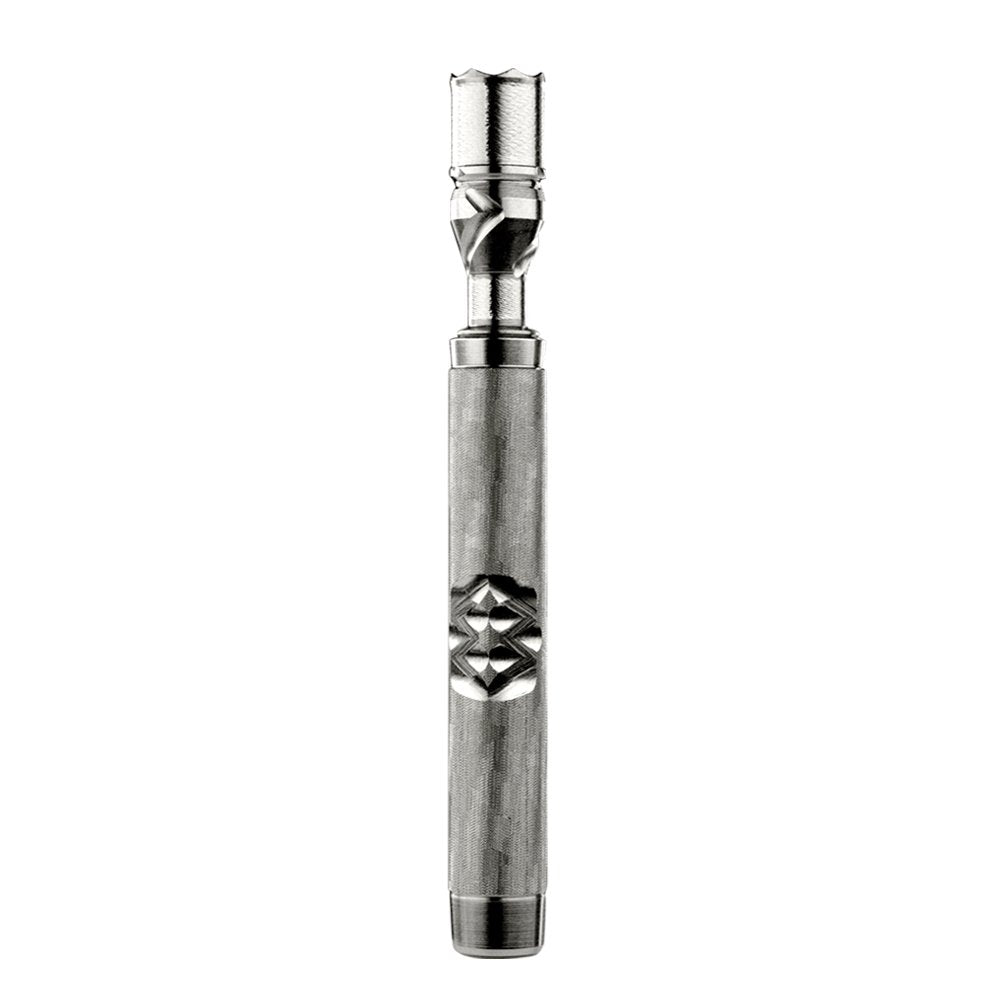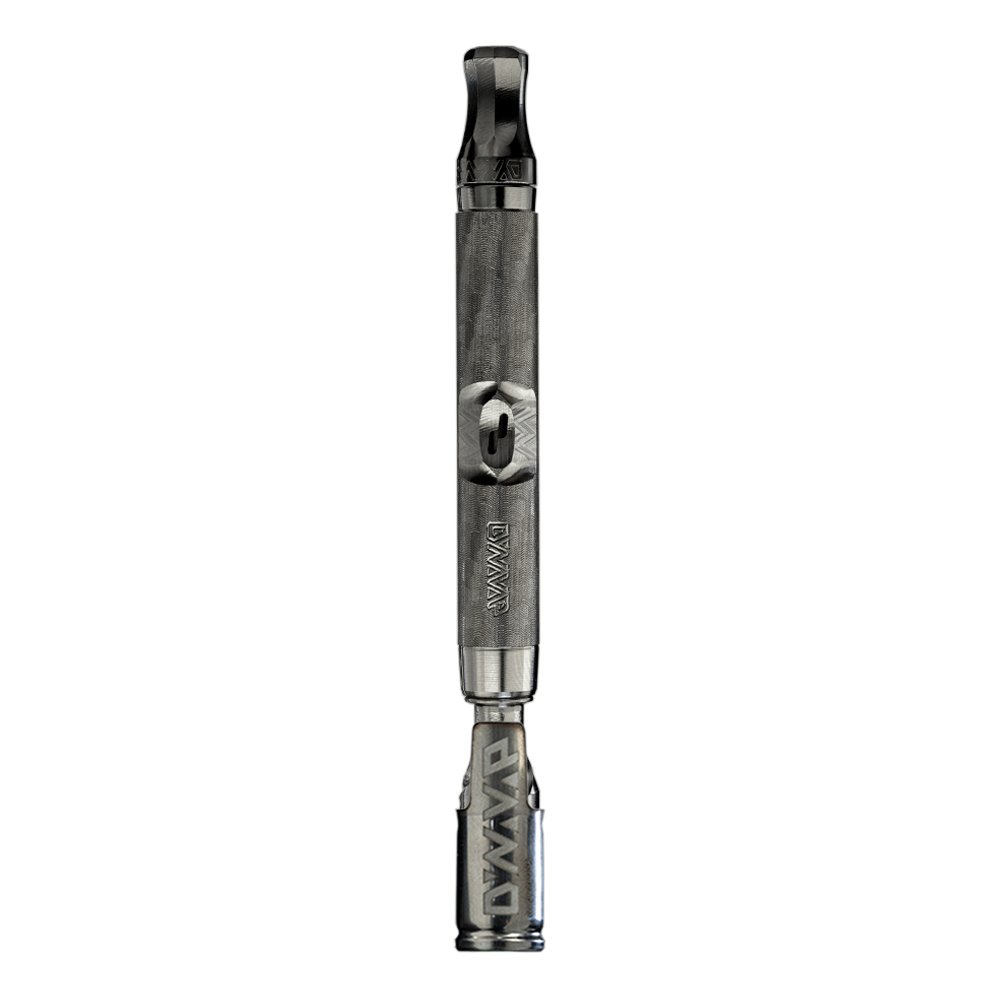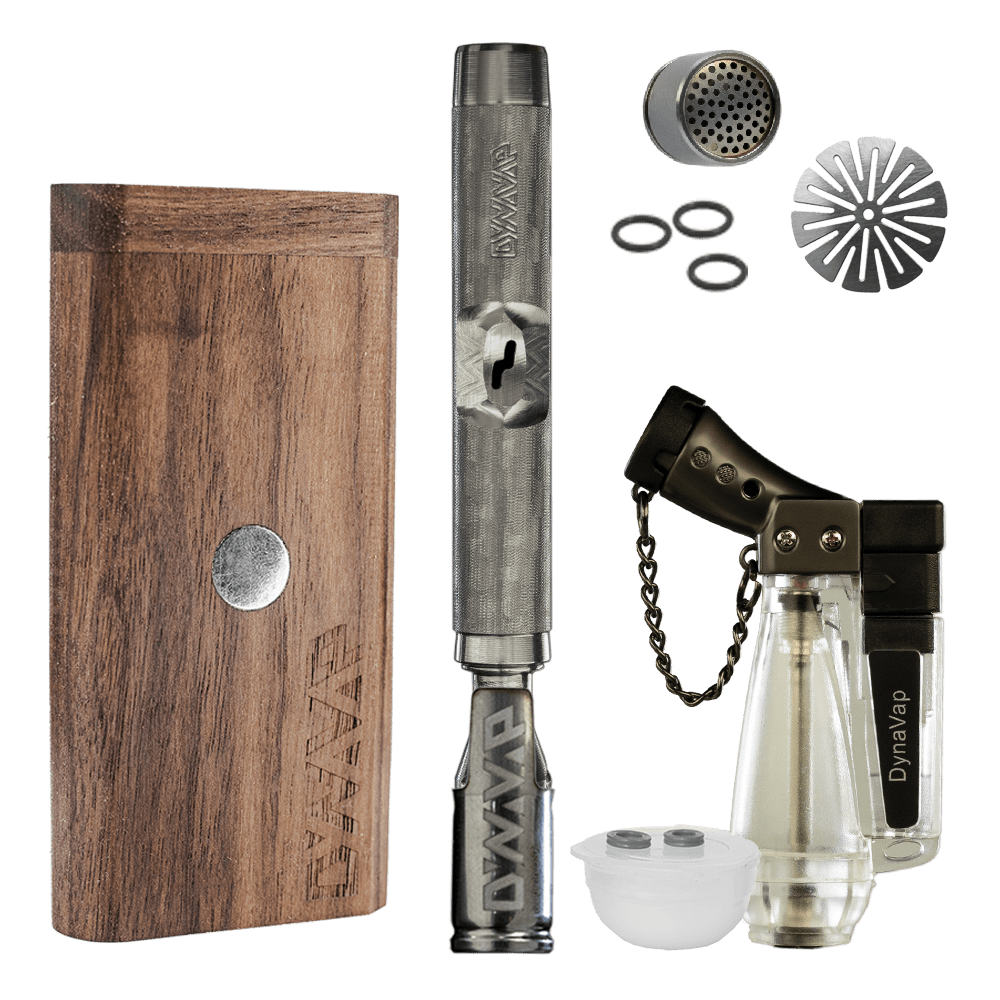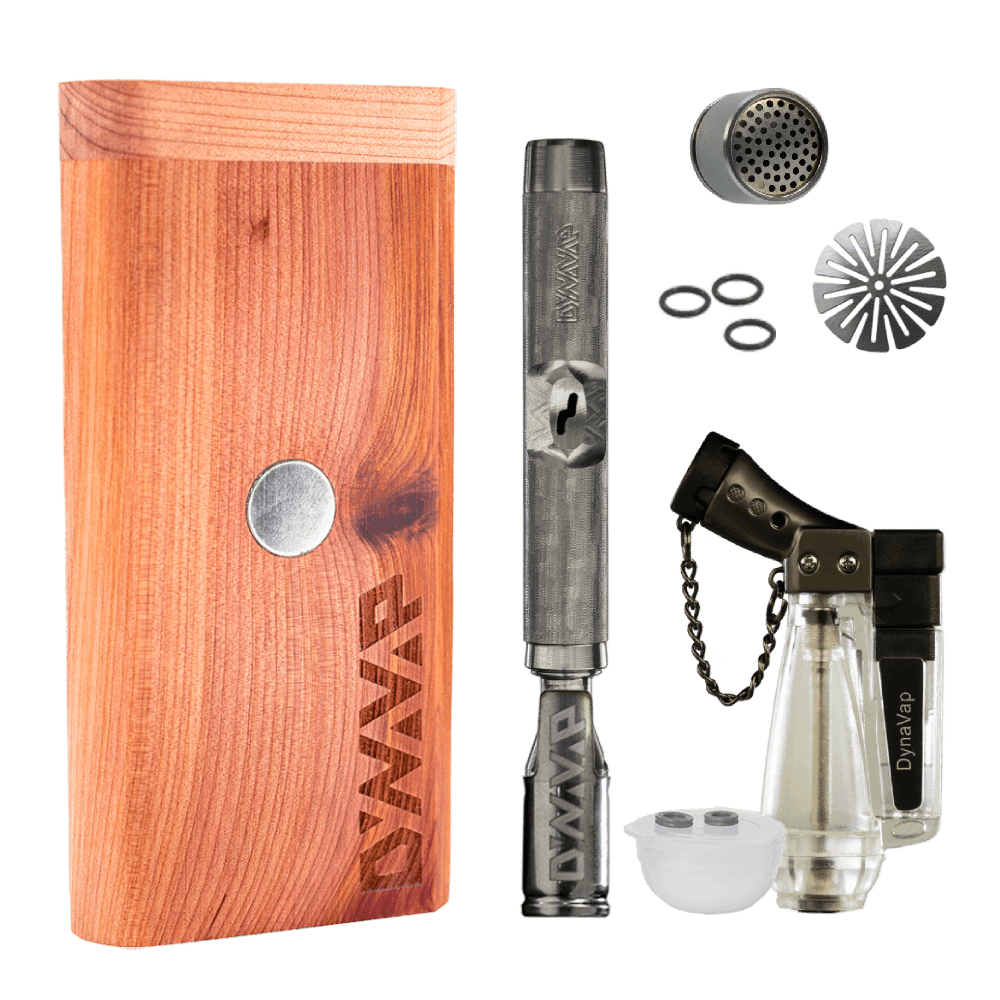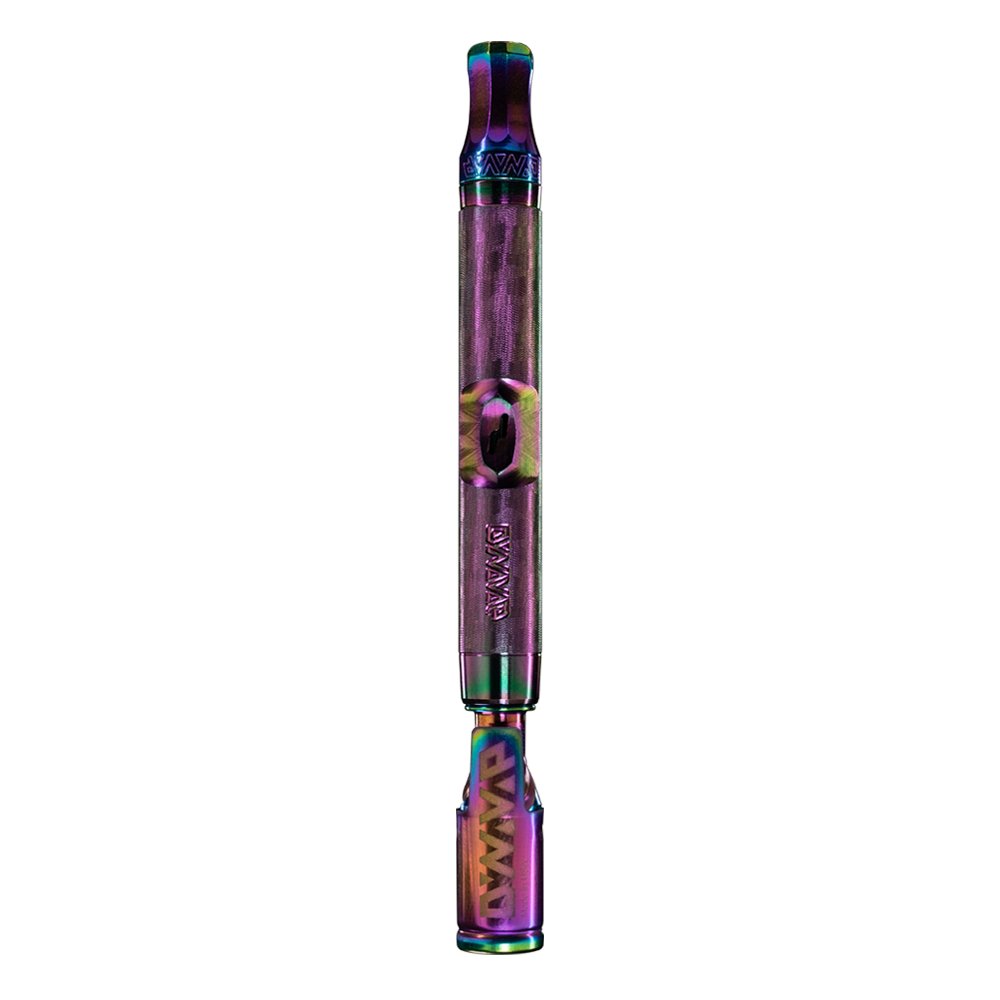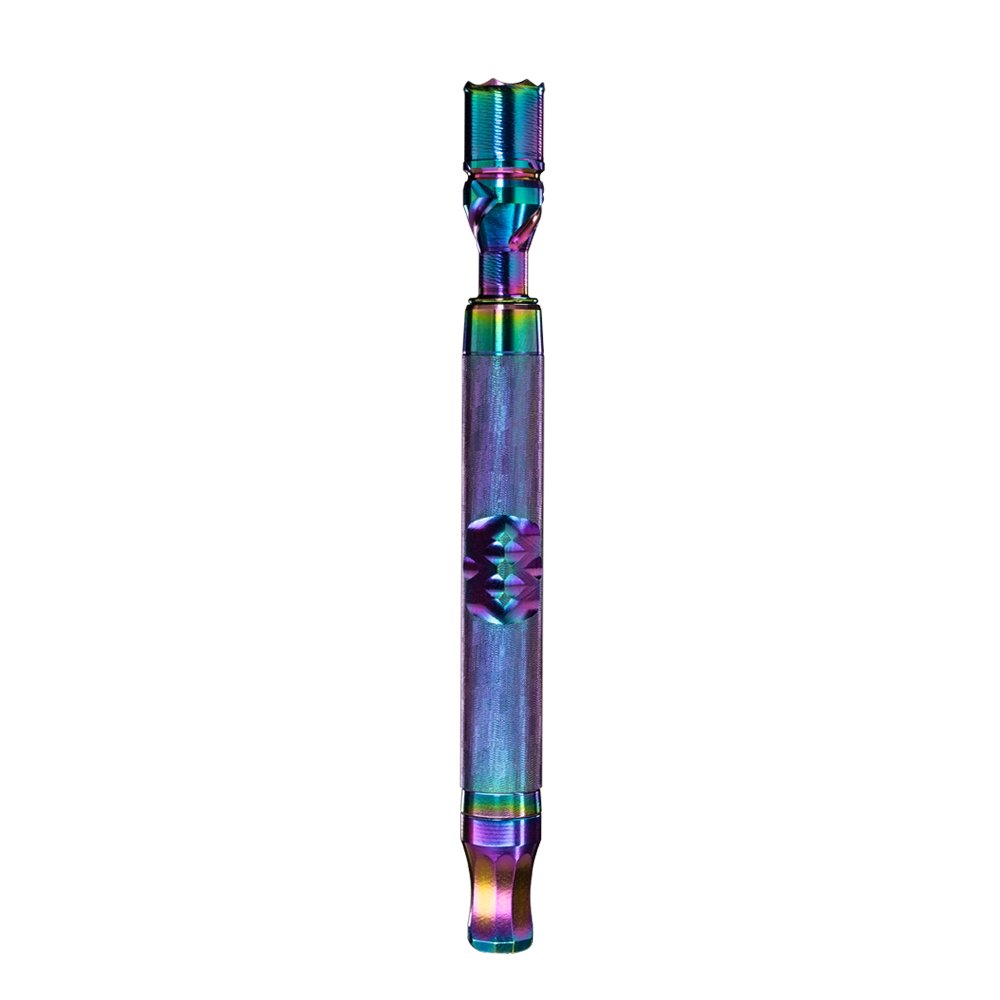Sometimes you’ll want – or even need – a T break, and that’s OK! Maybe this comes from a doctor’s orders, suggestions from loved ones, or your personal approach to better managing your cannabis consumption habits and making improvements in your life.
Whatever the reason, you’ve decided to seek ways to cut back on what you’re consuming. You may not be ready to quit entirely, but there’s nothing wrong with dialing down your tolerance. This may have some advantages – it can help ‘cleanse your palate,’ require less weed for a satisfying sesh, and even help your budget by buying less. It can also lead to a higher-quality experience where you can focus more on savoring the terpenes in a different strain vs. seeking a super high.
Focusing on reducing your cannabis tolerance successfully may require some self-discipline, but the results can be beneficial.
Continue reading to learn more about methods to lower your high tolerance without having to deal with the challenges of going cold turkey. Products from DynaVap can also help you accomplish this feat by using their premium “M” Series and “B” Series with tips to adjust dosing.
Understanding Weed Tolerance
Cannabis is similar to other products that provide certain effects on the mind or body. Generally, the more you ingest over time, the more you’ll need to achieve a similar effect in the future. Caffeine is a good example: when you started drinking coffee, you may have felt fully energized with one cup. But as you started consuming more often, your body requires more caffeine to reach the same level of energy. You may now need a couple of cups, a few espresso shots, or maybe even energy drinks to reach your daily boost.
Alcohol is similar, in that one beer may no longer give longtime drinkers the same physical and mental relief it once did. They may need more or perhaps a harder-proof liquor, especially if drinking is a regular occurrence.
With the THC in cannabis, what you ingest directly affects CB1 receptors in your brain and other receptors in your body within the endocannabinoid system. The more you consume, how frequently, and how strong the product is, the more these endocannabinoid receptors can shrink. This can lead to increased craving for the same levels.
Taking a break, whether for a few days or even a few weeks, can allow the cannabinoid receptors to rest and rebuild.
Research is still taking place into the endocannabinoid system, but there does seem to be differences in mental and physical responses from large amounts of cannabis, whether someone is a chronic user, or more acute amounts, such as an infrequent user who has more than their usual portions in one sitting, such as larger-sized dabs.
Signs of High Tolerance
Symptoms of regular cannabis use are well-documented at a scientific and cultural level, including general physical and mental impairment.
Higher levels, whether short- or long-term, can lead to temporary increased anxiety, increased heart rate, poor physical coordination, and poor memory. Regular users who are daily smokers may also begin to experience respiratory conditions such as bronchitis, COPD, breathing challenges, or general poor oral health. Although a daily smoker may avoid the nasty chemicals in nicotine cigarettes, their lungs, throat, and mouth still must deal with weed smoke regularly.
Interestingly, current research shows that more chronic users, especially daily ones, experience fewer of the general effects overall than acute users. This includes the negative as well as the positive: with the exception of CHS, which seems to affect more daily cannabis users more so than occasional users, frequent and heavy cannabis consumers are less likely to experience the full range of temporary physical impairment and limited neurological performance.
However, some studies suggest that many chronic users and regular smokers still crave these experiences, hence the need for increased and stronger amounts of cannabis and an increasingly higher tolerance to reach that point.
(Cannabis research also has its limits presently due to limited federal funding, research restrictions, a lack of long-term data due to its relatively short history as a legal commodity, more anecdotal evidence than firm field data, and concerns about the honesty of volunteer study subjects.)
Strategies to Lower Tolerance
There are different approaches to reducing tolerance.
- Take a Break. Planning regular pauses in your cannabis usage can be a good way to track how you feel when you stop and when you start again. Does anything change after a week? Two weeks? A month? What kind of physical or mental cravings do you experience? What type of cannabis withdrawal symptoms are you dealing with? You might even want to place these breaks on your calendar so you can avoid social situations where cannabis is present, make sure you don’t have any in the house, or let your friends know that you’re not available.
-
Microdosing. Going back to basics is another approach to quantify what you’re consuming and how much. This approach is to start with the smallest portion in a pre-packaged amount and then see how you feel after a standard amount of time passes. If you feel fine or don’t feel anything at first, consider increasing the dosage.
Don’t know much about selecting portion size or appropriate dosing levels? DynaVap can help! The company offers a wide selection of dry herb vaporizers, pens, and other accessories that don’t require batteries. Some are meant to stay put on a table while others can be carried with you and remain discreet.
When using a combustion-free DynaVap product, you can control how much to vaporize by what you insert as well as the tip size of your device. This can provide a precise detail to you when you’re trying to assess how much you’re consuming, what you’re consuming, and how often.
- Alternating strains. Although you may have your favorite strain, you may also be eager to find ways to ease up a bit. Perhaps you can find something with a similar taste but less THC and maybe even higher CBD. Or check out a different flavor altogether, also with less cannabis potency. Switching or rotating your strain choices and smoking method can make the change more satisfying, knowing you’re not necessarily giving up something that you love for something you don’t really care for. Instead, you’re switching to a wider selection of strains that you may end up loving that also have the benefit of being better for you and lowering your tolerance. (Think of dieting fails, where people end up hating the taste of certain substitute foods, and find it easy to go right back.) This approach could be a chance to expand your cannabis palate and try different combos of strains with different flavor profiles and effects.
Supporting a Lower Tolerance
Just like with any lifestyle or dietary change, the more you do it, the easier it becomes. The opposite is also true: it’s going to be tough at first. You’ll need to push yourself and remind yourself what you stand to gain. It doesn’t hurt to have others in your corner encouraging your efforts. Reasons can include:
- Healthy lifestyle choices.. Even a short walk around the block could be a good start on an exercise plan. Keeping yourself hydrated and eating well are both great ingredients for better living, rather than eating or drinking junk.
- Supplementing with cannabinoids. Other cannabinoids can provide benefits even if you dial back the THC. The most common after THC is CBD, which helps with pain relief and reduces inflammation, but there are dozens of others that have a specific desired effect on the receptors in the body. Or, you can also try full-spectrum products that can provide a variety of benefits, which is called the entourage effect. Many of these also lack the addictive properties that are in THC, so there’s less risk of increasing tolerance while helping chronic pain and trying to feel better mentally and physically.
Maintaining Lower Tolerance
Once you’ve achieved lower weed tolerance, or at least a good on-again/off-again system and a well-balanced THC ratio, be sure to congratulate yourself. Now what? Did you learn anything from the experience? What are some takeaways you can share with others? Are you only going to seek out the weakest flower or the tiniest edibles, and stay away from the heavy concentrates?
Using cannabis responsibly can go a long way. Schedule your breaks more frequently, so your tolerance stays low so you’ll be able to experience the benefits of consuming any type of cannabis, including lower-level THC.
Lower Your Tolerance with Dynavap
A weed tolerance break can be just what you need. Cutting back can help you focus on other lifestyle priorities and help your health in the process. A break is also a good solution if you start to feel fewer benefits at the different times you partake, while at the same time craving more benefits.
There’s never a bad time to try to lower one’s tolerance or start over if your willpower slips. You’ll likely find better experiences with a lower craving for cannabis.
Before you embark on your tolerance journey and weed tolerance break, see how Dynavap’s products can make your journey a little easier.

